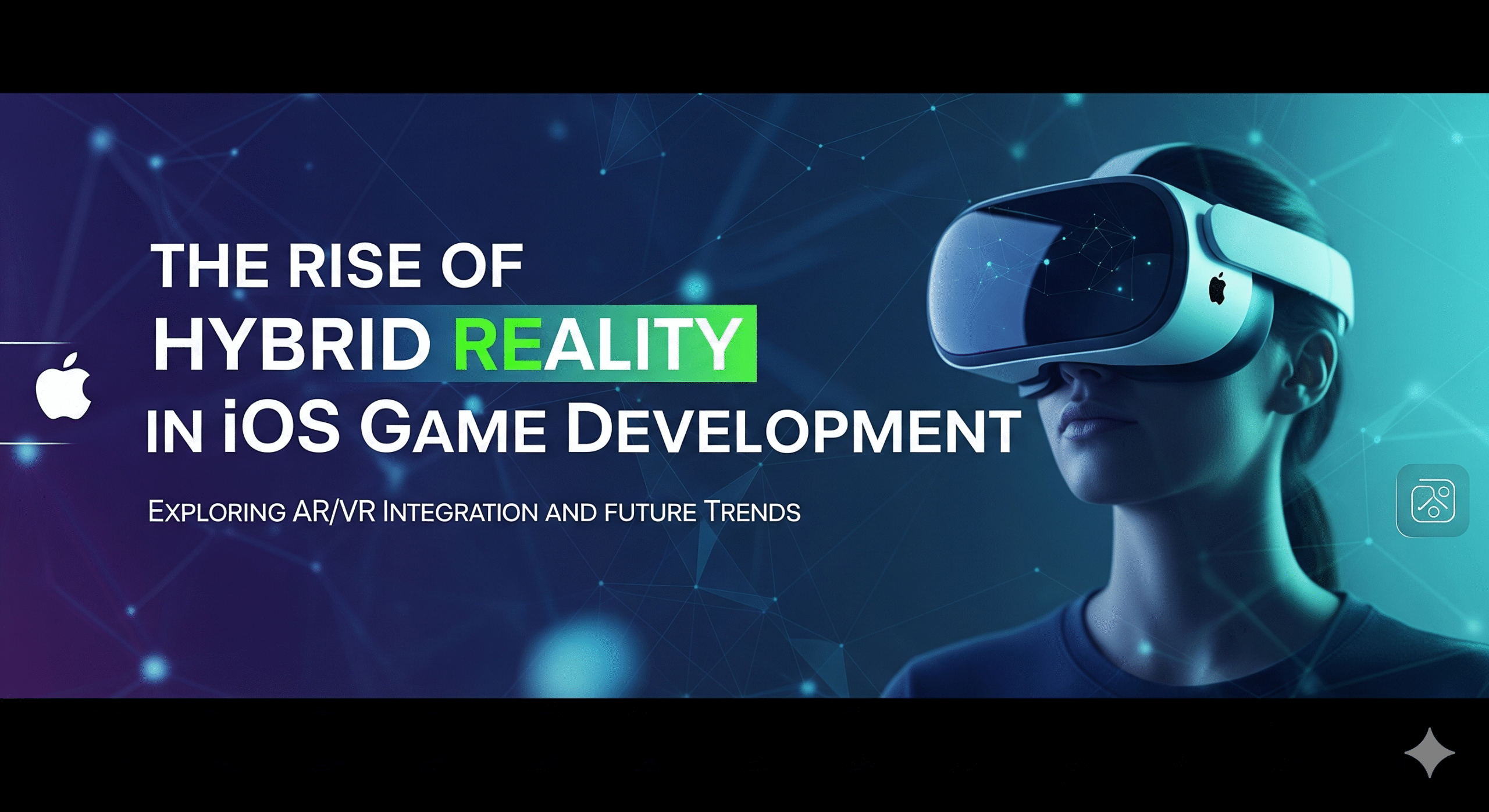
The Rise of Hybrid Reality in iOS Game Development
The world of iOS game development has evolved dramatically over the past decade. From simple puzzle games to immersive role-playing adventures, the industry continues to set new standards in how players engage with digital entertainment. Today, one of the most exciting trends shaping the future of gaming is hybrid reality—a blend of augmented reality (AR), virtual reality (VR), and traditional gameplay.
This innovative approach is transforming how iOS game developers design experiences, how gamers interact with content, and how businesses leverage app development for the expanding mobile gaming market.
What is Hybrid Reality in Gaming?
Hybrid reality combines the best elements of the physical and digital worlds. Unlike standard AR or VR, which focus on either overlaying digital content on real-world environments or immersing players in fully virtual spaces, hybrid reality merges both. Players can interact with real-world objects while simultaneously engaging in digital experiences.
For example, an iOS game might let you use your actual living room as the battleground while introducing 3D characters, weapons, or puzzles through your iPhone or iPad. This type of game development creates an environment where reality and imagination meet seamlessly.
Why Hybrid Reality Matters in iOS Game Development
Apple has consistently been at the forefront of innovation, and the launch of ARKit has given iOS game developers powerful tools to build hybrid reality experiences. The popularity of AR-based games like Pokémon Go proved that users crave interactive gameplay that extends beyond the screen.
Here are some key reasons why hybrid reality is reshaping the gaming industry:
- Deeper Immersion – By blending the real and digital worlds, hybrid reality provides a level of engagement that goes beyond traditional gaming.
- Personalized Experiences – Each player’s environment is unique, allowing iOS game development companies to deliver more personalized gameplay.
- Broader Audience Appeal – Hybrid reality attracts not just hardcore gamers but also casual users who enjoy quick, interactive fun.
- New Revenue Models – From in-app purchases to brand collaborations, hybrid reality games open the door to innovative monetization strategies.
How iOS Game Developers are Leveraging Hybrid Reality
Developers are pushing the boundaries of creativity with hybrid reality. Many studios are exploring how physical gestures, voice commands, and even spatial awareness can be integrated into app development.
- Enhanced ARKit Integration – Apple’s ARKit provides features like motion tracking and environmental mapping, enabling iOS game developers to create responsive experiences.
- Cross-Platform Play – Developers are experimenting with hybrid games that work seamlessly across iOS, VR headsets, and even wearable devices.
- AI-Powered Characters – Combining hybrid reality with artificial intelligence allows for more dynamic, lifelike interactions with in-game characters.
By embracing these innovations, studios are ensuring that their games stand out in a competitive market.
The Role of App Development in Gaming’s Future
It’s impossible to discuss the rise of hybrid reality without acknowledging the broader world of app development. Mobile apps are no longer limited to simple utilities; they have become powerful platforms for storytelling, entertainment, and social interaction.
For businesses, investing in game development means tapping into one of the fastest-growing markets in the world. With billions of smartphone users and increasing demand for immersive content, the potential for success in iOS game development is massive.
Moreover, hybrid reality aligns perfectly with consumer behavior. Players want convenience, creativity, and connectivity—all of which hybrid gaming delivers.
Challenges in Hybrid Reality Game Development
While the future looks promising, iOS game developers face several challenges when working with hybrid reality:
- Hardware Limitations – Although iPhones and iPads are powerful, not all devices can handle advanced hybrid reality graphics smoothly.
- Development Costs – Creating immersive hybrid games requires significant investment in technology, talent, and testing.
- User Accessibility – Developers must ensure that hybrid experiences are inclusive and user-friendly for both casual and experienced players.
- Security Concerns – With hybrid games using real-world data, privacy and data protection are vital considerations.
These challenges highlight the importance of innovation, strategic planning, and collaboration in app development projects.
The Future of Hybrid Reality in iOS Game Development
Looking ahead, hybrid reality will likely become a standard feature in the next generation of mobile games. With advancements in Apple’s ARKit, AI integration, and cloud-based services, developers can expect more opportunities to deliver immersive and scalable experiences.
We may soon see hybrid games that merge with smart home devices, social media platforms, or even the Metaverse, expanding the boundaries of digital entertainment. For businesses and iOS game developers, this presents an opportunity to lead the way in shaping the future of mobile gaming.
Final Thoughts
The rise of hybrid reality is not just a passing trend—it’s a game-changer for the entire industry. As players seek deeper levels of engagement and innovation, iOS game development will continue to push the boundaries of what’s possible.
For iOS game developers, the challenge lies in balancing creativity with technical expertise. For businesses, the opportunity is to invest in app development strategies that resonate with a global audience. And for gamers, the future promises a thrilling mix of imagination, reality, and endless possibilities.
Hybrid reality is here to stay, and its impact on game development will only grow stronger in the years to come.


